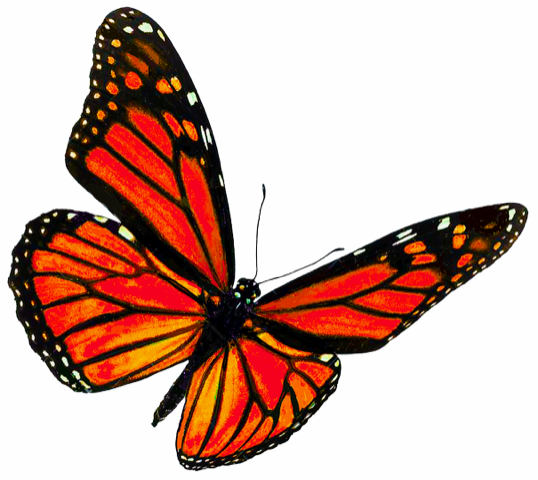Art is like soul. It is who you are. Your attitudes, likes and dislikes all come intoplay. You can find art in a good golf swing, or a beautiful math formula, or an exquisite cuisine.
To some, the arts are like a “product”–something with a beginning and conclusion, created for an audience to consume–such as a painting, a performance, or a fine dinner. To approach art from a “product view,” you might wear one of three “hats:” you might create specific works (alone or with others); you might perform or direct someone else’s specific works; or you might put on the hat of an audience member to appreciate a particular exhibit or performance. If art is viewed as a product, and financial survival or public recognition is important, it requires publicity and marketing.
If you regard the arts as “process,” you might endlessly invent and explore ideas, maintain journals and sketchbooks–or hold jam sessions–with no specific end in mind. You would continually challenge yourself for fresh inspiration through “creative play.” (This is how to grow as an artist.)
In education, the traditional arts have been noted to have an effect on boosting academic performance–either by interweaving them with other academic subjects or including them as stand alone classes in the curriculum. (See master thesis for a look at those studies.)
This boosting effect happens because what is learned through participation in the arts is transferrable to other subjects and can improve critical thinking skills. For instance: The ability to fluently generate ideas; the flexibility to adapt and make connections; the ability to be original; and, the skill to elaborate on details. All are engrained in the arts. When these ways of teaching are cohesively and thoughtfully incorporated in the curriculum, it has a positive effect on learning. It instills an attitude that is not discouraged when no immediate solution to a problem is found. It knows there’s not just one way to do things, and will explore other angles and alternatives.
So, when is something in the arts considered good or bad? Depends on your viewpoint. Like cooking–what’s your feeling about it? Do you base it on a first reaction or is it an acquired taste? The same skill can be used in a positive or negative way. Art can be used in the high service of beautiful design, such as children’s storybooks, or in the low service of pornography and hate speech. It can promote humane social change or produce damaging political propaganda. It can pay respects to cultural heritage or explore new paths, such as AI.
In Western design and painting, the Bauhaus influence(a renown German art school that operated from 1919 to 1933) represented a turning point that brought together fine art and crafts. At one point crafts were considered practical and fine artists were thought to participate in a more spiritual, intellectual realm. The Bauhaus blended the two and encouraged its artists to apply their skills to the crafts, and their craft artisans to lift their skills to an intellectual, spiritual expression.
How about judgment and criticism? Well, I have a personal example from college. I took an art history course and I found it fascinating. I hung on every word and loved the variety of forms and styles. I stored away my new inspiration for future use. Then I took the test. It confined itself to asking how high something was and in what museum it could be viewed, and other factual stuff. I was devastated. I hadn’t cared about that. I had been deep into the evolution of shape, the particular style of a given artist, the colors used. My score was not a happy one. It was admittedly the fault of the test and the way it judged you as a student of art history. So, stepping away from that factual way to think of art–I have come to the Zen-like conclusion that “there is a good and bad, and there isn’t a good or bad.”
For instance, if you look at children’s art from a factual standpoint–you might feel that a tree should look like a tree, and make suggestions to help them “improve” their tree. On the other hand, they see their tree as perfect. It is “good” in their eyes and “bad” in yours. You may have just trespassed on their innate sense of tree–making them feel their art doesn’t measure up. That view of “tree” from a child’s innocent eye is often what many of us, as adult artists, would like to recapture. For many of us, our world has become too factual.
Shakespeare said “There is nothing either good or bad, but thinking makes it so.”
And I found this enlightening quote by a woman named Mary Baker Eddy in her writings about religion–which the art world can sometimes resemble. “We should remember that the world is wide; that there are a thousand million different human wills, opinions, ambitions, tastes, and loves; that each person has a different history, constitution, culture, character, from all the rest; that human life is the work, the play, the ceaseless action and reaction upon each other of these different atoms.”
There’s another question that can come up with artists–when to call yourself an artist. This question does not bother children. If that is your desire, someday you will know.
For myself, I would say that with art, it is the adventure of exploration that appeals. Susan Sontag, an art critic, once commented that in painting, the actual art happens somewhere between the canvas and the viewer. So, the answer to “What is the Value of Art?” actually lies within yourself to define and redefine.

